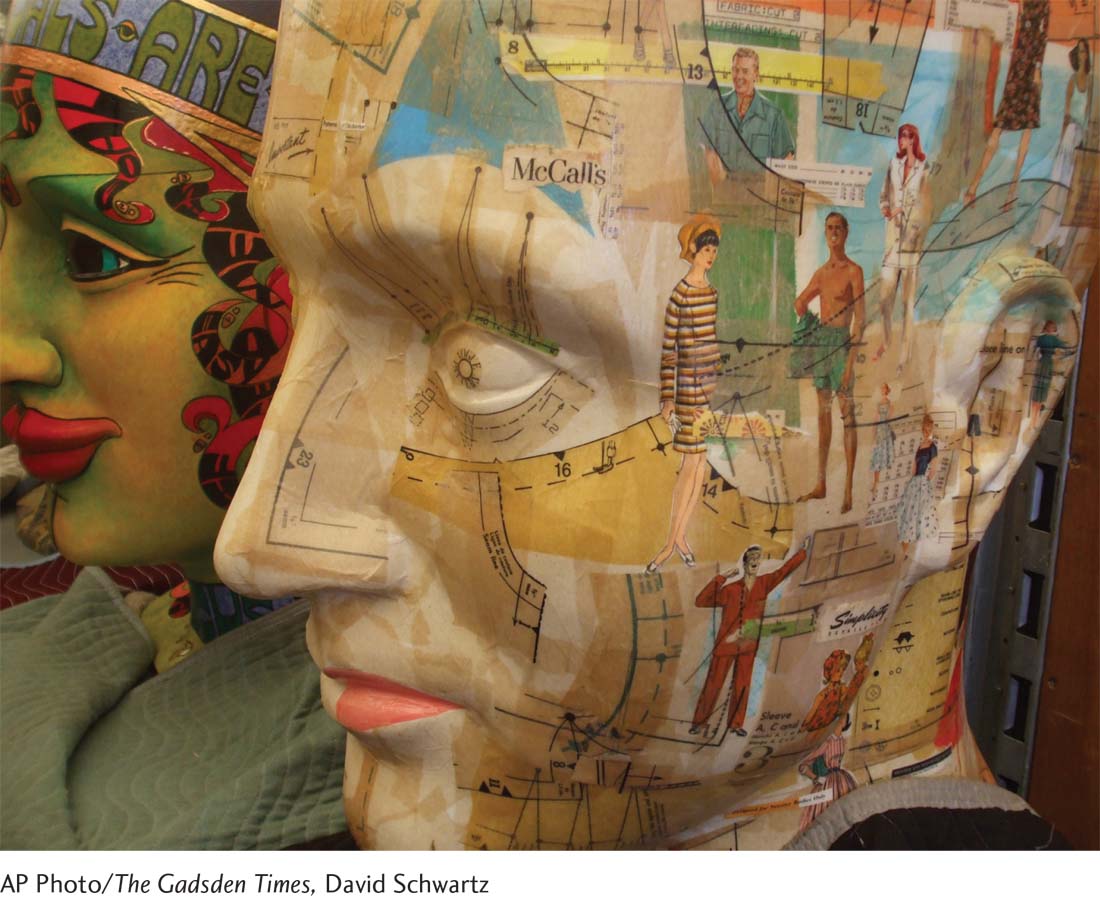Chapter 3 PUTTING IT…together
Assessment and Diagnosis at a Crossroads
BETWEEN THE LINES
Believe It or Not
By a strange coincidence, Hermann Rorschach’s young schoolmates gave him the nickname Klex, a variant of the German Klecks, which means “inkblot” (Schwartz, 1993).
In Chapter 2 you read that today’s leading models of abnormal behavior often differ widely in their assumptions, conclusions, and treatments. It should not surprise you, then, that clinicians also differ considerably in their approaches to assessment and diagnosis. Yet when all is said and done, no single assessment technique stands out as superior to the rest. Each of the hundreds of available tools has major limitations, and each produces at best an incomplete picture of how a person is functioning and why.
In short, the present state of assessment and diagnosis argues against relying exclusively on any one approach. That is why the majority of today’s clinicians use batteries of assessment tools in their work. Some of these batteries provide invaluable information and guidance, as in the assessment of Alzheimer’s disease and certain other disorders that are particularly difficult to diagnose, as you shall see later in the book.
Attitudes toward clinical assessment have shifted back and forth over the past several decades. Before the 1950s, assessment was a highly regarded part of clinical practice. As the number of clinical models grew during the 1960s and 1970s, however, followers of each model favored certain tools over others, and the practice of assessment became fragmented. Meanwhile, research began to reveal that a number of tools were inaccurate or inconsistent. In this atmosphere, many clinicians lost confidence in and abandoned systematic assessment and diagnosis.
Today, however, respect for assessment and diagnosis is on the rise once again. One reason for this renewal of interest is the development of more precise diagnostic criteria. Another is the drive by researchers for more rigorous tests to help them select appropriate participants for clinical studies. Still another factor is the awareness in the clinical field that certain disorders can be properly identified only after careful assessment procedures. A final factor is the growing confidence in the field that brain-
Along with heightened respect for assessment and diagnosis has come increased research. Indeed, today’s researchers are carefully examining every major kind of assessment tool—

Ironically, just as today’s clinicians and researchers are rediscovering systematic assessment, rising costs and economic factors may be conspiring to discourage the use of assessment tools. As you read in Chapter 1, insurance parity and treatment coverage for people with psychological problems are expected to improve as a result of recent federal parity laws and the Affordable Care Act (see pages 17–
Finally, the practice of assessment and diagnosis of psychological disorders is expected to be affected tremendously by the use of DSM-